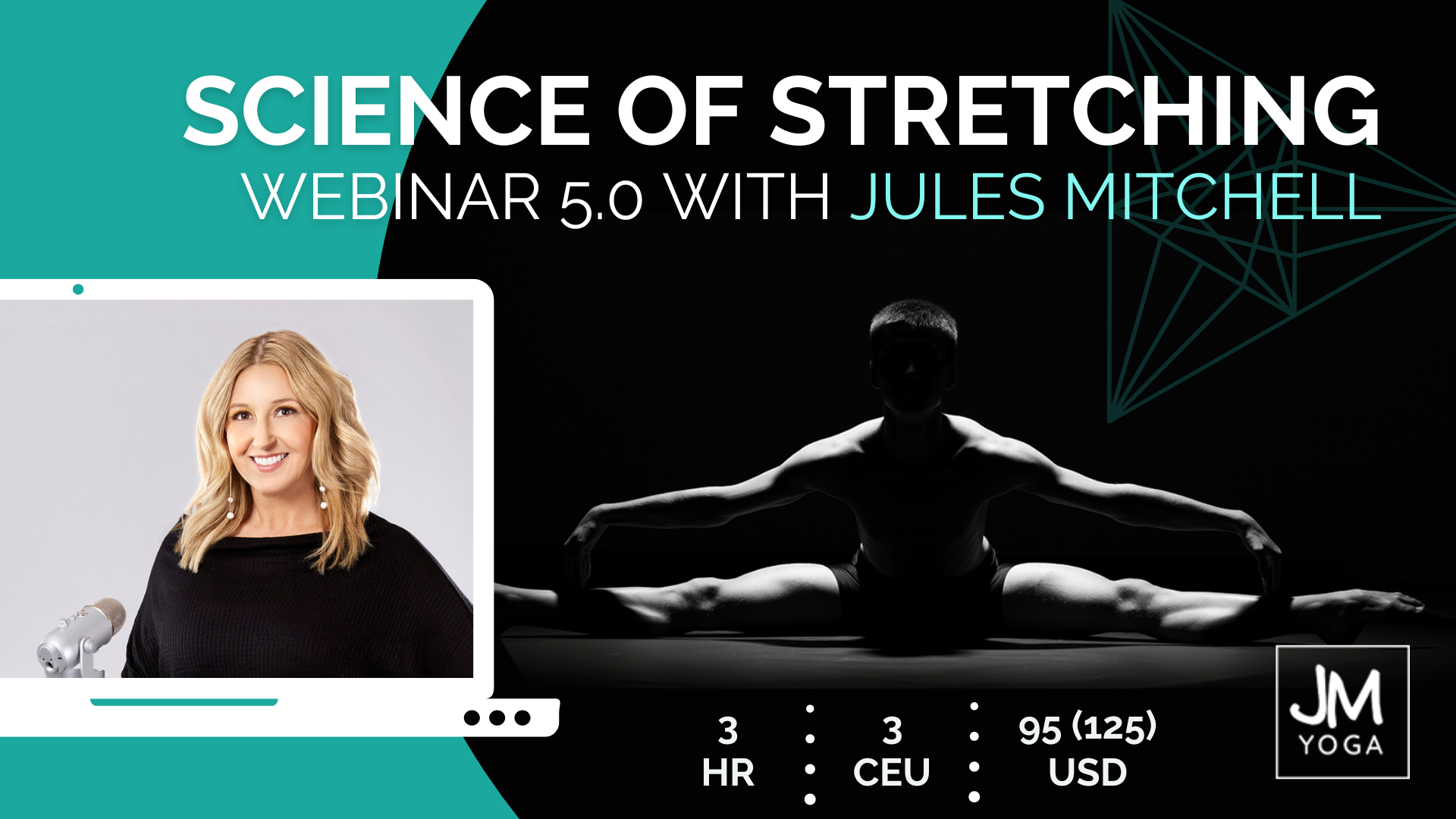Yes, it’s true. People email me or slide into my DMs and ask how they should be stretching, or what the best way is.
If you’re anything like me or have trained with me, you’re probably thinking, “What outcomes are you trying to achieve?”
When people ask me questions, I’m almost always asking more questions first. But I don’t love getting into long DMs on IG (mostly because I hate typing on my tiny phone) and email just lacks the tone and depth that you get when we’re a verbal dialogue. So my go-to answer often looks like this:
When in doubt, I would go with an isometric stretch variation over a passive stretch.
The reasons for this are many. In simple terms:
- You’re emphasizing a usable range
- You’re adapting the muscle spindle threshold
- The sensation tends to be less “nervy”
- As my friend and colleague Charlie Reid says, “ISOs make heroes.”
- Isometrics have a bonus analgesic effect
- If you’re incorporating an eccentric into your variation, there’s greater cortical recruitment.
- This certainly doesn’t mean that passive stretching is bad, dangerous, or faulty. I just don’t have enough information in the original question and the isometric versions are pretty awesome, as you can see.
I’ve been studying and teaching about stretching for over a decade now. Each time I run a webinar, I polish the presentation a bit more. Sometimes there’s new research. Every time I get better at explaining it and helping you make meaning of it. Learn more about the Science of Stretching webinar here.
Speaking of making meaning, I’ve been doing a lot of philosophizing lately. I spent this last year auditing university courses in non-Euclidean geometry and biochemistry to take me out of my tunnel vision and help me create connections between fields of study (other than physics and mechanics) and biology. These insights have been showing up in my teaching lately and it’s giving me a new enthusiasm for my craft. I have something for you to ponder today – an opportunity for you to consider fields of study that you are passionate about.
This Week’s Thought Provoker
(Use thought provokers to challenge yourself and your students, expand your comfort zone, and stimulate new insights. Watch the video then reflect on the thought provoker.)
WATCH: What does it really mean to concentrically and eccentrically contract a muscle?
In the short video, I highlight a series of polarities (push/pull, concentric/eccentric, convergence/divergence, attraction/repulsion) that reflect fields of study such as physics, muscle physiology, optics, chemistry.
INQUIRY: What other polarities (and their associated fields of study) do you resonate with when practicing or teaching yoga? Think beyond biology and consider psychology, social justice, epistemology, phenomenology, or whatever interests you. How do these thoughts inform how you teach and practice yoga?
I’m currently deciding what field of study is next for me and I’m leaning toward some advanced math topics: graph theory, composite functions, polar coordinates, parametric equations, and more. These topics are helping me create a narrative around biotensegrity which I’ve also been reading more of. I can’t wait to share more of my insights with you here!
Extend Your Learning:
Online Education With Jules

The Science of Stretching Webinar 5.0
This webinar is for teachers and students who have an insatiable curiosity about stretching, what it does, and how it works, while accepting that conventional stretching wisdom isn’t always accurate. Eligible for 3 CEUs. This course is offered in January and July each year. Learn more >
